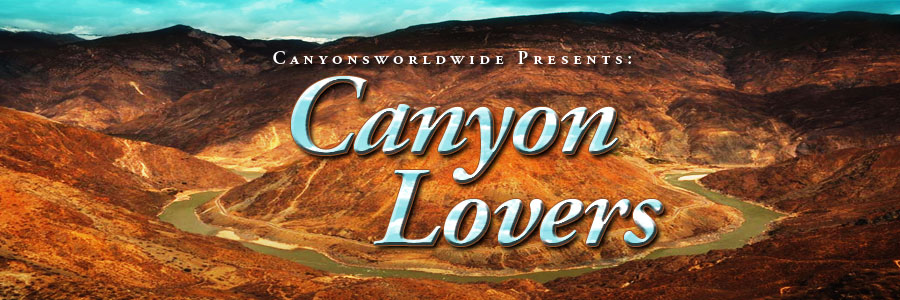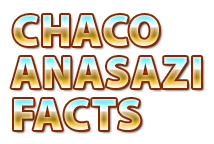Canyoneer Worldwide
Biography
“Richard Fisher is one of the very few who has photographed the canyons of West Clear Creek. He has led groups of handicapped and disadvantaged youths on hikes through their rock-strewn lengths, swam their emerald pools, and poked cautiously into all their dark and secret places. This special photographic feature provides but a small selection of his best works. We think you will be properly impressed.”
- Gary Avey, Arizona Highways, June 1983
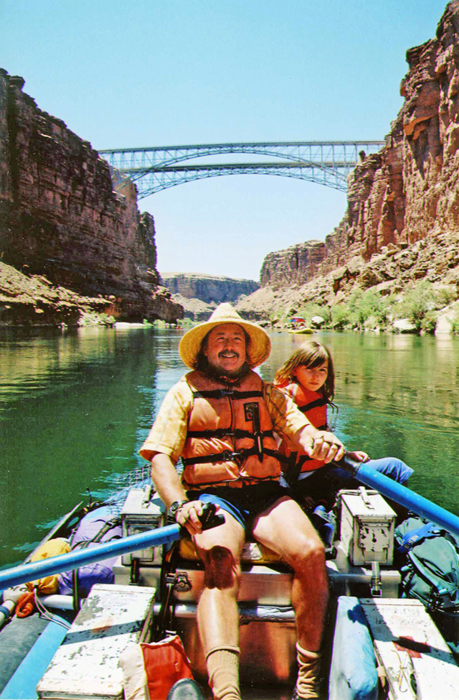
Nearly my whole life I have been cultivating that “SENSE OF WONDER”:
The feeling of awe and reverence through observing the Inner & Outer Universe.
I want to share that there is great Mystery, Wonder and Power yet in this Earth of ours and ourselves now, in the 21st century. Now in turn caring for and educating others in the wisdom that we have gained through the study of nature and native cultures is a value to be passed on from generation to generation.
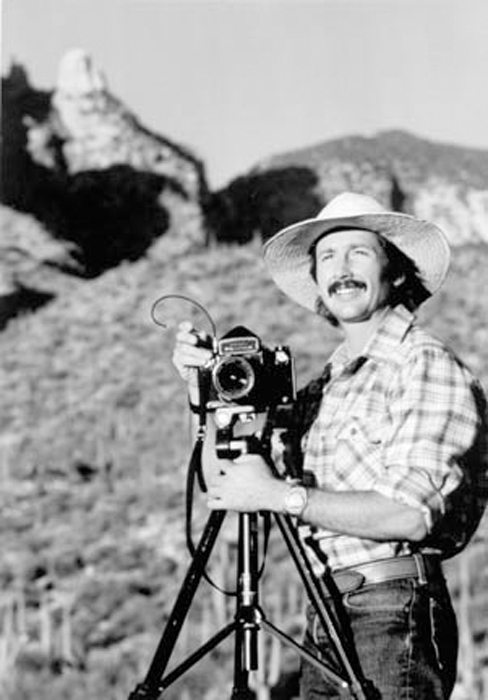
“The best explorers are seldom as brilliant as they appear years after their death. In the earthly excursions that established their fame, they often stumbled, miss calculated distances, ….and sometimes suffered the ridiculed of those who stayed home with the dog…. But for most of these adventurous souls, there are other rewards, the deepest of which remains vague… Rick Fisher, a guide to Arizona’s Mogollon Rim Country might put it this way…”
- Sam Negri, Arizona Highways, March 1984
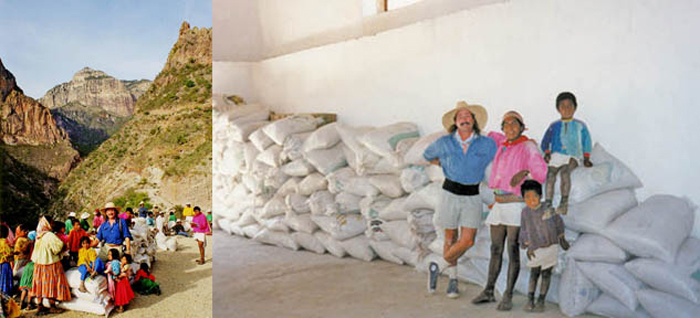
Approaching 200 tons of food grain delivered to the Sierra Tarahumara 1994-2012.
Imagine that you had the opportunity to study the ways of life in the Kara Kash Canyon of Tibet, the Blue Nile of Ethiopia and the Copper Canyon in Mexico, and that these lessons allowed you to unravel the most enduring archaeological mystery in North America, that of the Chaco Canyon Anasazi in New Mexico. Imagine that armed with newly available topographical maps of Mexico’s Sierra Madre Canyonlands, you are able to find, for the first time, Geronimo’s lost Chiricahua Apache stronghold in the Sierra el Tigre, Sonora.
Imagine that you become blood brothers with the legendary Ruramuri Indian ultra endurance runners and sponsor them as the first-ever championship Tarahumara racing team.
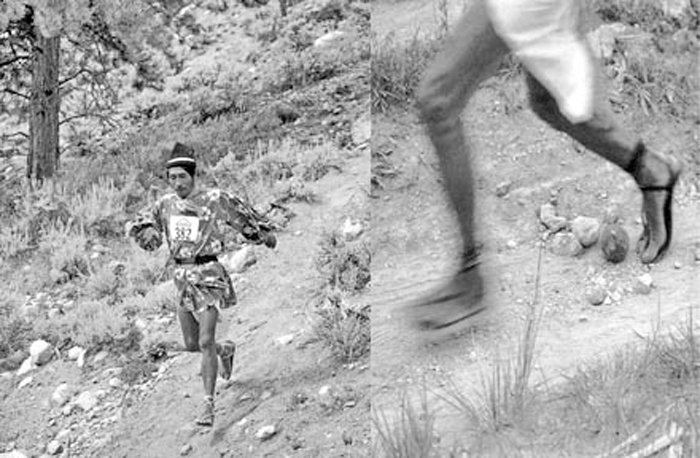
1992-1996 sponsored and coached the first and only Tarahumara International Racing Team. Winning 7 of 11 and setting records in 3 highly competitive Ultra Marathon Races. Feature articles were published in dozens of newspapers and magazines worldwide, including:
Runner’s World December 1993, People Magazine October 1995, Esquire Magazine November 1995, Newsweek International August 2002.
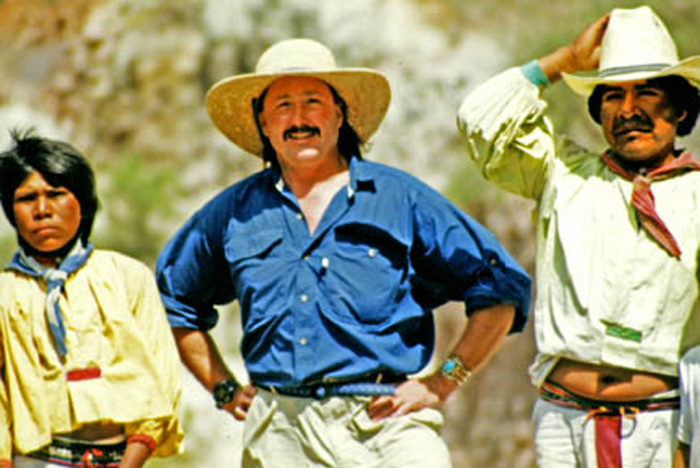
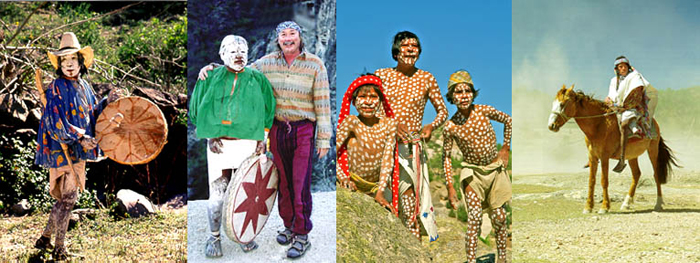
Powerfully moving mysterious ceremonies and “Lost Apaches” of the Sierra Madres are part of Fisher’s in-depth lifestyle with the most remote and traditional Tarahumara at the end of the 20th Century. This is a people, a land and cultural time period that is now lost.
Imagine that the skills learned in extreme canyons lead you to be the first person to successfully photograph Earth’s largest crystals, in a hellishly hot and wet mine, deep in the mysterious Sierra Madre.
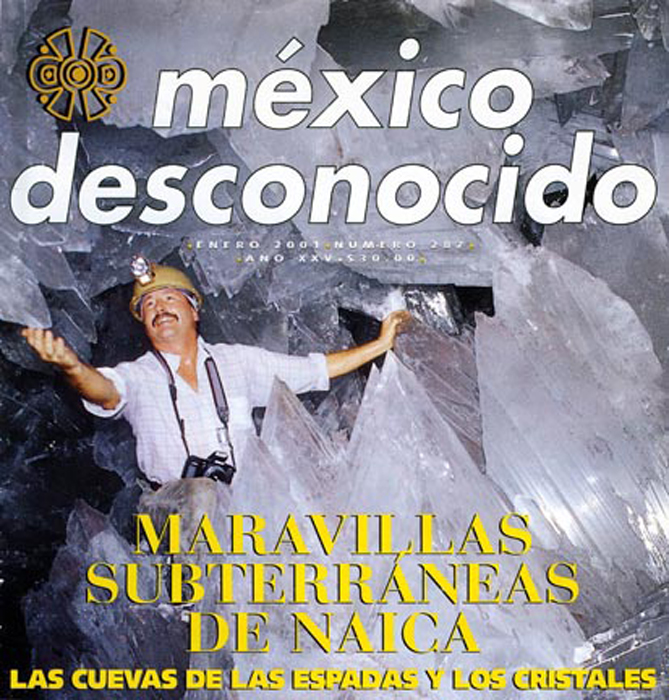
Front cover model and photographer for the DISCOVER MEXICO Magazine January 2001.
First international publication of the discovery of the largest crystals on Earth.
“Fisher’s emotions raced from awe to near panic”
(When being the first to successfully photograph the Cave of the Crystal Giants
wheretemperatures rise to near 150 degrees)
- John Ross, Smithsonian, April 2002 & Readers Digest, September 2002
“Explorer Richard Fisher, who spearheads food drives of the local Tarahumara Indian tribe, recently became the first American to visit and photograph the amazing geological formations.”
“When I am in the Mexican cavern, it’s like I’ve entered a magical kingdom’ says Fisher, ‘
an acknowledged expert on exploring and photographing canyons”
- National Examiner, June 11, 2002
This web chapter presents the possibilities of such truth and beauty, in both the natural and artistic world, as is humanly possible for me to produce. I have always believed that these beautiful places should be graced by beautiful, healthy people. In a balanced world, women and children are God’s truly heroic action figures.
This is what I did with the opportunities that presented themselves to me in these unique and historical circumstances. Produced here is the first and only web presentation on all the deepest canyons worldwide. I hope you enjoy and benefit from this panorama of canyons as much as I have. It is my hope that by sharing my experiences, this ancient wisdom learned will not be lost to time, like tears to rain.
- Richard D. Fisher, June 2006
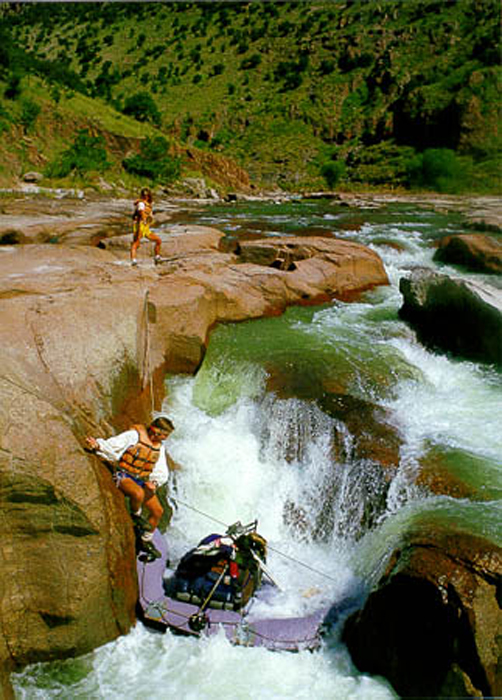
“These are major, spectacular canyons, and because of the terrain, your chances of seeing another person are just about nil,” Fisher says. ” In some respects, these extreme canyons are all that left of true wilderness.”
- Douglas Kreutz, Backpacker Magazine, September 1987
First Descents by Raft
1994: Yarlung Tsangpo River, Tibet, Class 6; 1988: Upper Rio Conchos, Mexico, Class 5;
1987: Upper Rio Aros, Mexico, Class 4-5; 1986: Barranca de Sinforosa, Mexico, Class 6.
1986: Barranca de Urique, Class 4-5.
Solo Raft Descents (no back-up party)
1991: Yampa, Class 3; 1991: Middle Fork Salmon, Class 4;
1991: Cross Mountain, Class 4; 1991: Middle Box Gila, Class 4;
1984: West Water Canyon, Class 4; 1984: Grand Canyon, Class 4-5;
1984: Upper Upper Salt, Class 4-6; 1983: Dolores River, Class 3-4;
1983: Green River, Deso-Gray Canyons, Class 3; 1983: San Juan River, Class 3;
1983: West Water Canyon, Class 4.
Multiple Party River Expeditions
1991: Led Grand Canyon Rafting Expedition. Captained 13 foot – four person paddle raft, Class 4-5;
1986-1987: Gates of Ladore (3x), Class 3; 1986-1987: Green River, Deso-Gray (4x), Class 3;
1986-1987: West Water (4x), Class 4; 1986-1987: Upper Upper Salt (4x), Class 4-6;
1985-1986: Salt River (3x), Class 3-4; 1984: San Juan (4x)
– Led “Blind Children Rafting Expedition” and documented it for National Geographic World magazine.
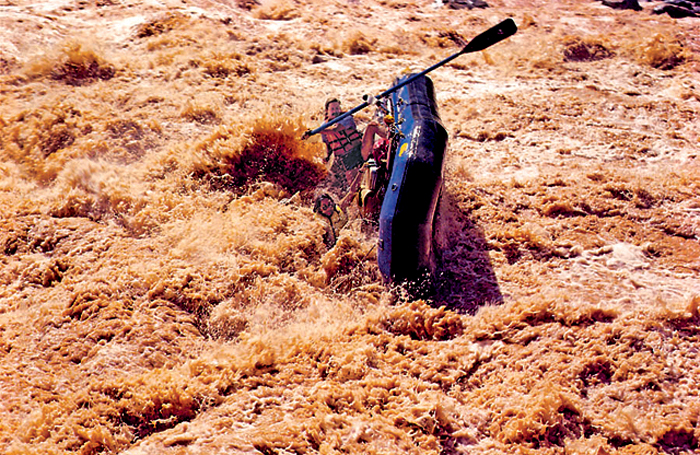
“Compared with the number of adventurers who find themselves compelled to stand on a mountain summit, those drawn to the floor of the canyon are few. Rick Fisher is one of the few.”
- Robert Sullivan, Sports Illustrated, May 1988
Flip Lava Falls, Grand Canyon. It is said there are captains
who have flipped and those who are going to flip.
“RICHARD FISHER is a name synonymous with canyons.”
- Sierra Club, 1988
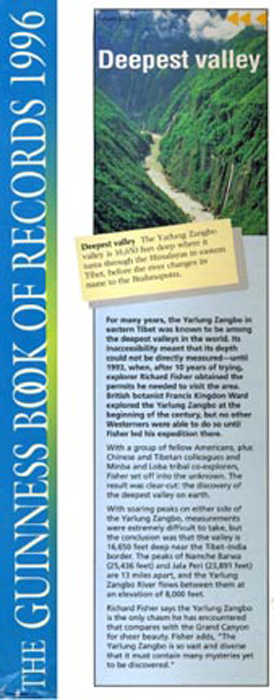
“Lost Horizon: Let others climb mountains and define adventure as conquest, explorer Richard D. Fisher is drawn to hidden canyons like the Yarlung Tsangpo Gorge in Tibet for what they reveal about life, mystery and the meaning of sanctuary.”
“Somewhere in the misty folds of the Tibetan Himalaya, explorer and photographer Richard D. Fisher found what he spent years looking fore – the World’s Deepest Gorge.”
- David Ferrell, LA Times, March 8, 2005
“For many years, the Yarlung Zangbo in eastern Tibet was known to be among the deepest valleys in the world. Its inaccessibility meant that its depth could not be directly measured—until 1993, when, after 10 years of trying, explorer Richard Fisher obtained the permits needed to visit the area. British botanist Francis Kingdon Ward explored the Yarlung Zangbo at the beginning of the century, but no other Westerners were able to do so until Fisher
led his expedition there.”
- Guinness Book of World Records, 1996
One day, as a boy of 16, I discovered that if I could find water in the hidden canyons, I could enjoy and learn from nature year round in Arizona hot deserts. In a revelation in the late ’70s I realized that many of the most fantastic canyonlands in Arizona and Utah had never been professionally photographed— and, in the ’80s and ’90s, that this was true of canyons world wide. This opened up a career of incredible cultural, geographical, and historical discoveries. I found my vocation during my college years when I discovered the Tarahumara Indians in the nearby Copper Canyon of Mexico’s Sierra Madre who still ran races of more than one hundred miles, outlaw cowboys riding tough mules who made their living by growing hemp, and woman who still made their daily bread by hand. This was
the life for me. I eventually experienced this lifestyle in canyonlands worldwide and brought the stories home to be shared.
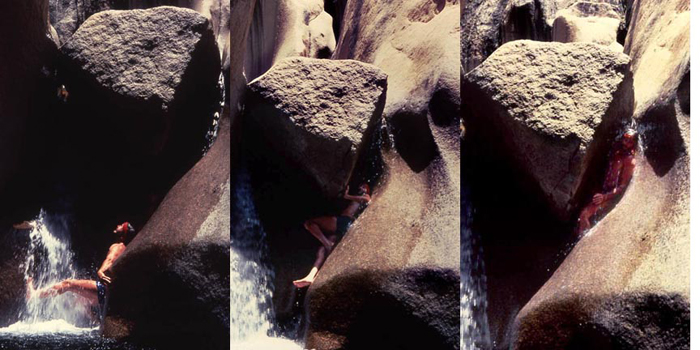
Free climbing and canyoneering in Salome Canyon, Central Arizona.
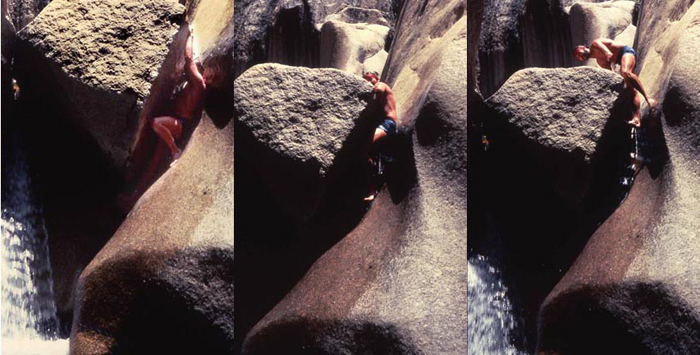
Entering a mystical realm of reality in spectacular granite canyons, Mogollon Rim.
“You promised” I accuse, “no serious climbing” A grin is the only reply I get from Canyoneering expert Rick Fisher.
- R.J. Stevenson, Adventure Travel 1989
My publishing career began in September, 1982, when the editor of Arizona Highways magazine contacted me on an urgent matter concerning my photography of West Clear Creek. This canyon was being considered for national wilderness designation by the U.S. Congress, and no one had any photographs at all. Following my article, the canyon was subsequently designated a National Wilderness Area. My career has followed this path on a national and international basis since. My objective since 1990 has been to document photographically the earth’s deepest canyons and record ancient tribal knowledge before these landscapes are lost to development and the native peoples absorbed as a journalist.
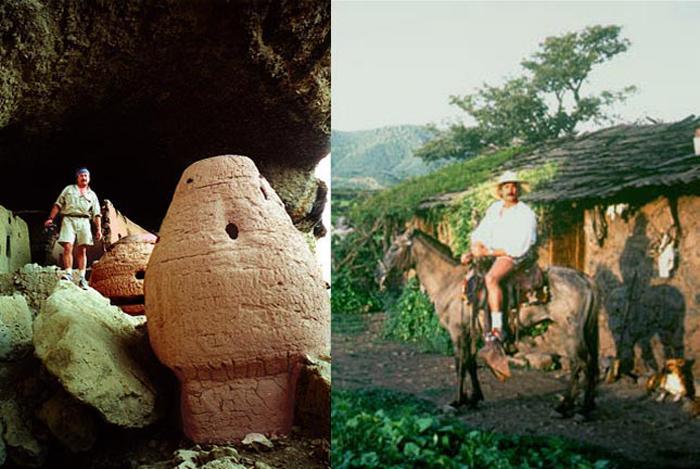
From my wild days with the Tarahumara Indians and Chaco Anasazi archaeological research adventures in the deep Sierra Madre of Mexico.
Beginning in the American Southwest, I expanded into the extensive canyonlands of Mexico, Bolivia, China, USA, Tibet, Greece, Ethiopia, Australia, Spain, France, Namibia, South Africa, Venezuela, Bosnia, Monte Negro, Corsica, and Crimea. While doing so, I have guided over 1,000 special people on five continents—deaf, blind, juvenile delinquents, Native American youth, and educational groups. Guiding, combined with photography, led to the publication of seven books, including Copper Canyon Mexico, and more than 100 articles in more than ten languages in such magazines/television programs as National Geographic, Outside, Readers Digest, Odyssey, Explorer’s Journal, Span, Geo, Newsweek International, National Examiner, Asian Geographic, Wired Magazine, GeoTimes, Explorer Magazine, Escape Magazine, Esquire, People Magazine, Men’s Journal, Asia Week, Summit Magazine, Runner’s World, American Way, Native People’s, Sports Illustrated, Adventure Travel, Real Travel, Backpacker Magazine, Journal of Arizona History, National Geographic World, Sierra, Arizona Republic, Arizona Daily Star, Arizona Daily Sun, Bolivia Times Weekly, Four Corners Magazine, Los Angeles Times, The Salt Lake Tribune, Dallas Morning News, The Oregonian, Tucson Citizen, Fort Apache Scout, Phoenix Gazette, NBC Nightly News with Tom Brokaw, PBS “Arizona Illustrated,” DBS Eye on Sports, and Smithsonian since 1985.
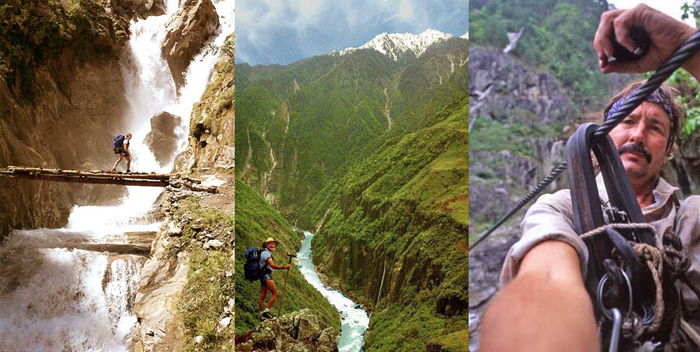
Exploring the World’s Deepest Canyons in China and Tibet 1986-2008
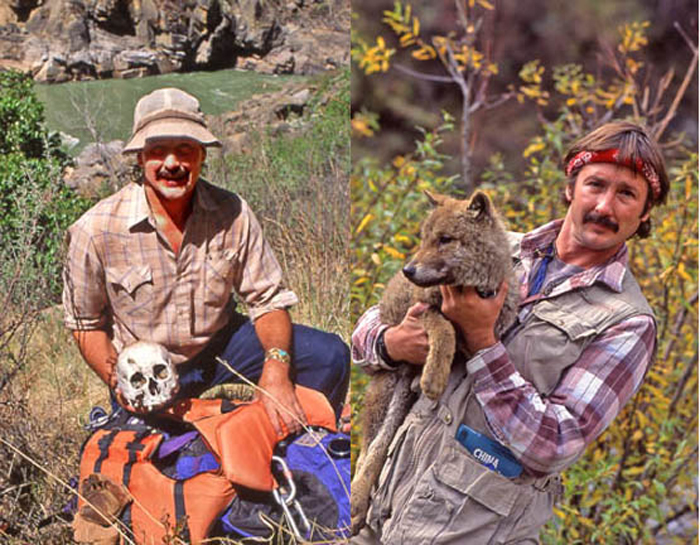
Adventures in Central Asian Canyonlands 1986-2012
I have been very fortunate to be the first American to explore the earth’s deepest canyon in Tibet; assist the canyons of the Mogollon Rim, like West Clear Creek, get National Wilderness Area designation; discover and sponsor the only championship ultra-long distance Tarahumara Indian racing team (and deliver over 150 tons of famine relief since 1992); to photographically document the largest crystals ever discovered, in Chihuahua Mexico; to reconnect the ancient knowledge of the Hohokam and the Anasazi of the Chaco Canyon to the scientific world of archaeology; and to complete the first comprehensive documentary of all of earth’s great canyons. I feel honored and blessed to have been “chosen” to make these six significant discoveries and/or additions to human knowledge. To be an explorer: one must imagine, conceptualize, recognize, document, publish, defend and ultimately survive the challenges of your critics.
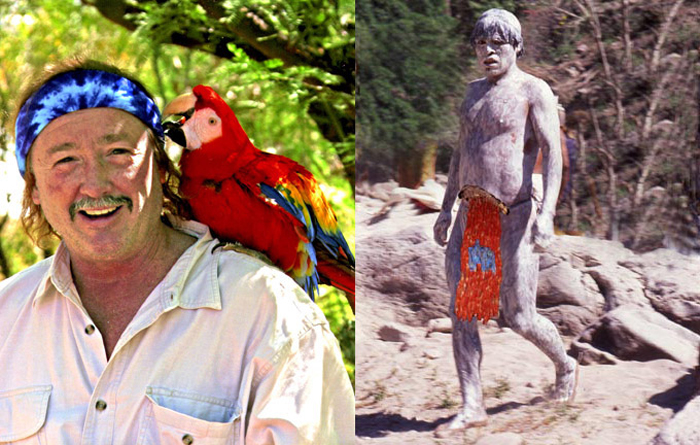
The Wizard of Chaco - The Hopi tribe has identified Chaco Canyon as a place of “sorcery” and “not the Hopi way.” Richard D. Fisher has researched the Chaco Canyon Anasazi from 1995-2005 and based on new discoveries he has made in the remote Sierra Madre of Mexico, he discloses his findings. The Scarlet Macaw Clan from La Quemada, built large unique structures using finely dressed stone and large timbers throughout their 800 year migration. They developed Pueblo Bonito and the other large buildings at Chaco, stored grain in the smaller round rooms, made fertilizer from cryptobiotic soil, migrated to Wupatki, Mesa Verde and the Mogollon and eventually joined the related Scarlet Macaw Clan at Paquime and from there, disappeared from the archaeological record.
The “Wizards” of Chaco, Hohokam and Paquime did many powerful and mystical things such as: made fertilizer from plant material; fumigated and stored corn for long periods of time; walked and ran very long distances, often carrying very heavy loads; performed religious ceremonies on platform mounds (not in Kivas); and built huge beautiful buildings.
Their descendant’s like the Hopi, Zuni and Rio Grande Pueblos did virtually none of that.
I now call “them” and myself, the “Wizards of Chaco” as we have a secret knowledge that has escaped the notice of modern archaeologists, as well as, their surviving descendants of today. The point here is that, the Scarlet Macaw Clan were in many ways very different than the modern Puebloans and while those who do not understand them may call them “sorcerers,” I feel that the term “wizards” of secret, almost magical, knowledge of nature is a more accurate and descriptive term.
Richard D. Fisher has a B.S. in Education from the University of Arizona. As a freelance photographer, climber, river runner and wilderness guide he’s stacked up many first descents. He has dedicated his life to the preservation and sharing of canyons around the world. Rick has a daughter, Mariah Sierra Williams Fisher, and lives in Tucson, Arizona.
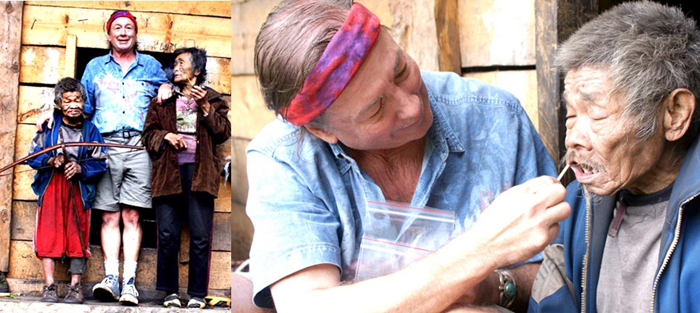
Fishers latest project is searching along both sides of the Tibet/China/Burma border for a lost tribe of pygmy’s. Now is his attempting to obtain genetic samples so these very rare people’s relationship to the rest of the human race will not be lost.
The search for “Dawi” the last of the T’rung pygmies of Burma and his return visit to his ancestral homeland in Tibet/Yunnan borderlands. Although much has been made of Dawi and his disappearing tribe of Tyrone pygmies over the years, very little science has been done in regards to this issue and virtually none if any humanitarian work has taken place on their behalf. The tribe now faces complete extinction if something is not done within the next year or so. We plan to go into northern Burma as that the political situation has stabilized to find and deliver aid to Dawi, “the last male Asian pygmy” deliver humanitarian aid and an invitation to visit his ancestral Tibetan homeland winter 2012.
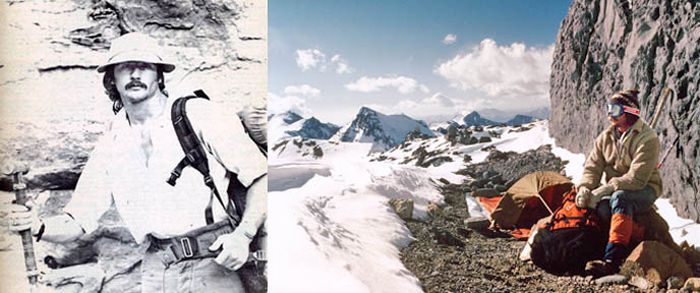
Early in his career, Fisher explored all kinds of outdoor sports from cross-country skiing to scuba diving to mountain climbing. In 1979 he solo Orizaba at 18,800 feet the 3rd highest peak in North America.
He solo Aconcagua at 23,000 feet, the highest peak in the Western Hemisphere and the highest peak in the World outside of Asia. A 19 day climb with a successful summit ascent on January 14, 1982. After these experiences he decided that while canyoneering could be just as dangerous and technically challenging, that the exploration of canyons was certainly more pleasurable.
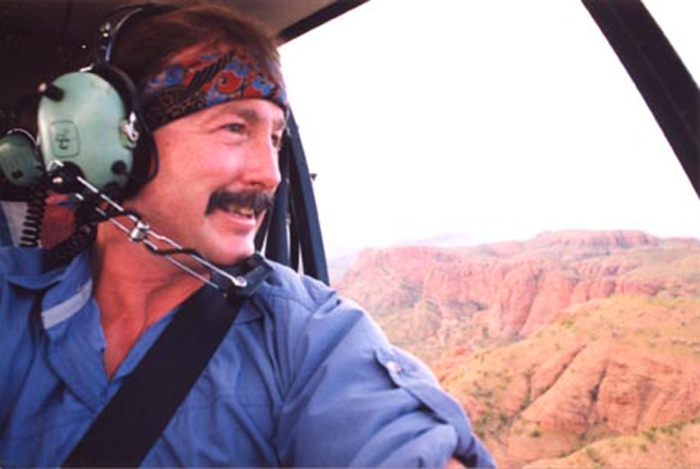
Over flight searching for canyons in Australia. Fisher has used helicopters in South America, Australia, and the Four Corners region of the American Southwest.
Top Four Hidden Escapes 2012
Venezuela – Angel Falls Tepui by helicopter.. Fly to the top of the mysterious “Lost Worlds” and discover Jimmie Angel’s lost Golden River, mysterious arches, and bazaar land forms. No tourists here.
Ethiopia – Tekeze Canyon Gorges. A new road crosses this incredible canyonlands and has yet to be visited by tourists. An incredible land of culture, history, wildlife, and red rock canyonlands in the heart of Africa.
Tibet/Burma border canyonlands- to definitively address the issues of the “lost tribe of Asian pygmy’s” in the Grand Canyons of southern Tibet, northwestern Yunnan and northern Burma.
Tibet/China – Takla Makan desert grand canyon hidden in the northern rim of the Tibetan Plateau. Discover the place that nobody knows where Tibetan Buddhism meets ancient Islam in a Shangri La valley set between some of the earth’s highest peaks. Perhaps discover the ruins of an ancient lost jade trading civilization reaching back to the era of Marco Polo.
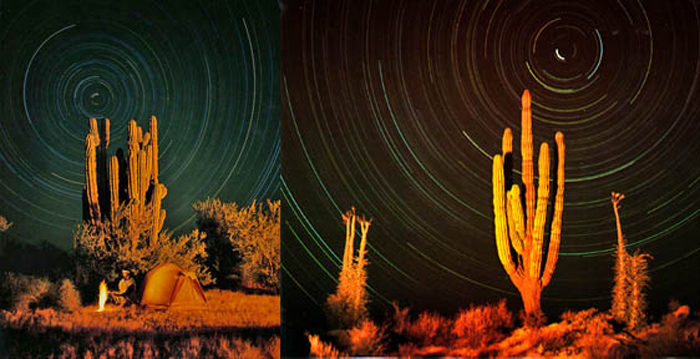
In the early 1990s I did a photo project to document the stars throughout the spectacular Sonoran desert with it’s gardens of giant cacti. I also photographed arches with night sky back drops in Utah and Australia. The artistic photography never really caught on, although I was awarded the cover of Backpacker Magazine in May 1993 and an inside cover in Arizona Highways during the same time period. As the skies were dark during that time period and had virtually no jet stream over flights, the skies formed perfect tapestries of streaming colors with the foreground lighted by small campfires. This night star trails photography remains some of the most spectacular in the world today.
“Surely the darkness shall envelope me, And the light about me shall be night;
Even the night shineth as the day, The darkness is even as the light.
- Psalms
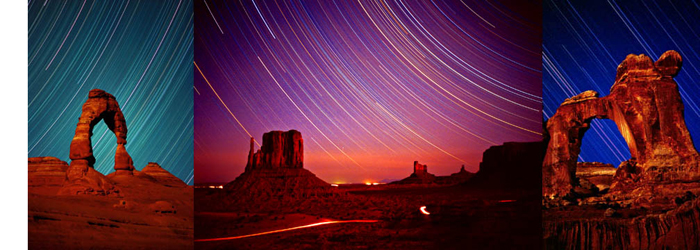
“The heavens are calling you and wheeling around you displaying their eternal beauties”
– Dante
“Like Dante, anyone who spends a lot of time in the wilderness… knows there is nothing as mysterious or compelling as the clear night sky.”
- Backpacker, November 1987
Contact Details:
Richard D. Fisher • sunracer2@hotmail.com • P.O. Box 86492 Tucson, AZ 85754 • 520-882-5341
www.canyonlovers.com • www.canyonsworldwide.org
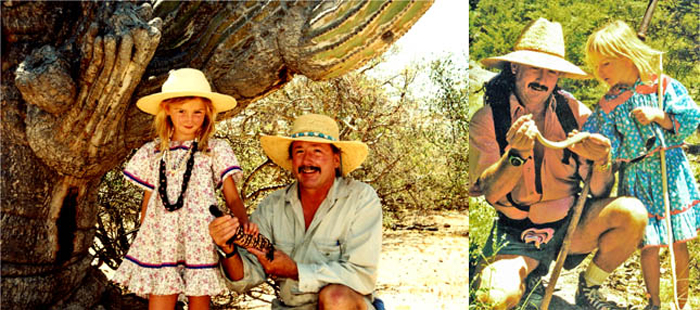
Richard takes great pride and pleasure to introducing his daughter Mariah to wilderness, canyon, wildlife and cultural adventures world wild.
“Of course, Kool Papa! You’re our Kozmic Mystic Traveler who documents magical places right here on Earth, then reports back to “da peoples who really care” via your photographs & words & overall adventurous Spirit. You show us there’s still some Mystery & Wonder in this Earth of ours in the 21st century. So, carry on, kindred spirit. The world still needs more Light. Cheerz & Inner Happiness of a million suns.”
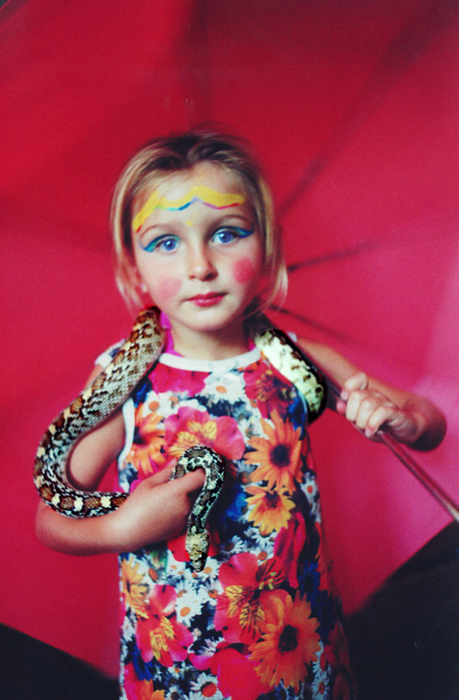
“Thank you for enhancing that Sense of Wonder by sharing your photographs and comments and observations as you traverse your own Inner and outer universe.
Appreciate it, bubba!!! Carry on, onward ‘n upward.”
(Thank you my friend and music mentor Dave “Kidd Squidd” Squires Oracle, Arizona USA
for contributing many of these creative words and sentiments featured through out this piece)
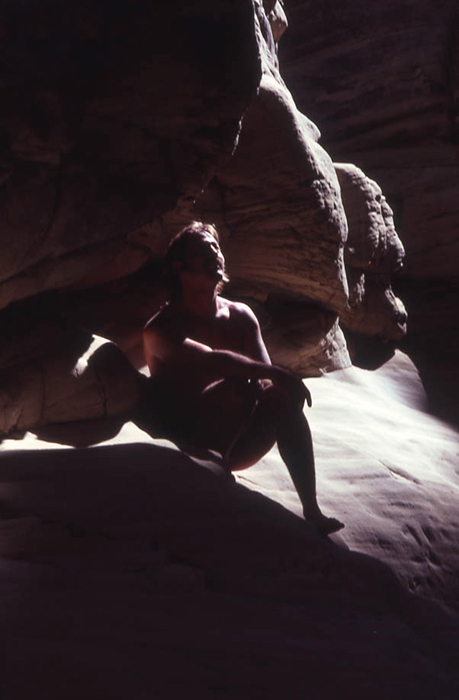
West Clear Creek first passage into altered states of a fabulous new realm of canyoneering worldwide for a lifetime 1980.
“While it’s true that each of us inhabiting the planet is an individual, unique in our own way,
some folks are more individualistic and unique than others. Take Richard Fisher for instance.”
- Lee Allen, Desert Leaf, November 2007
